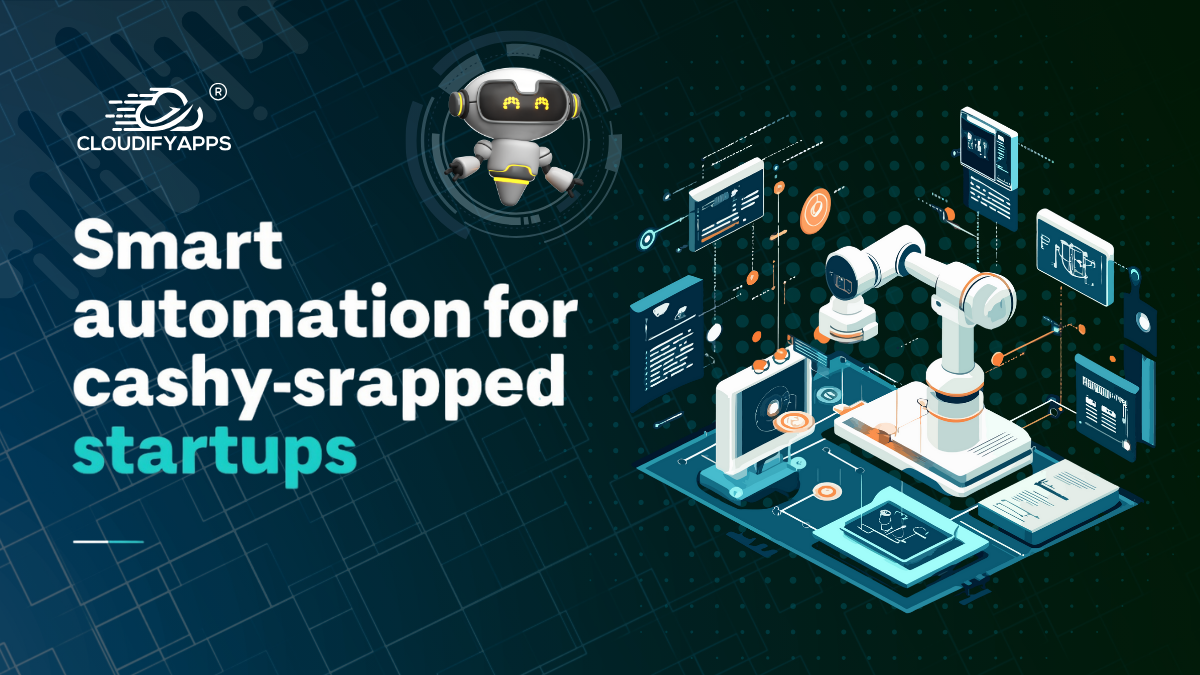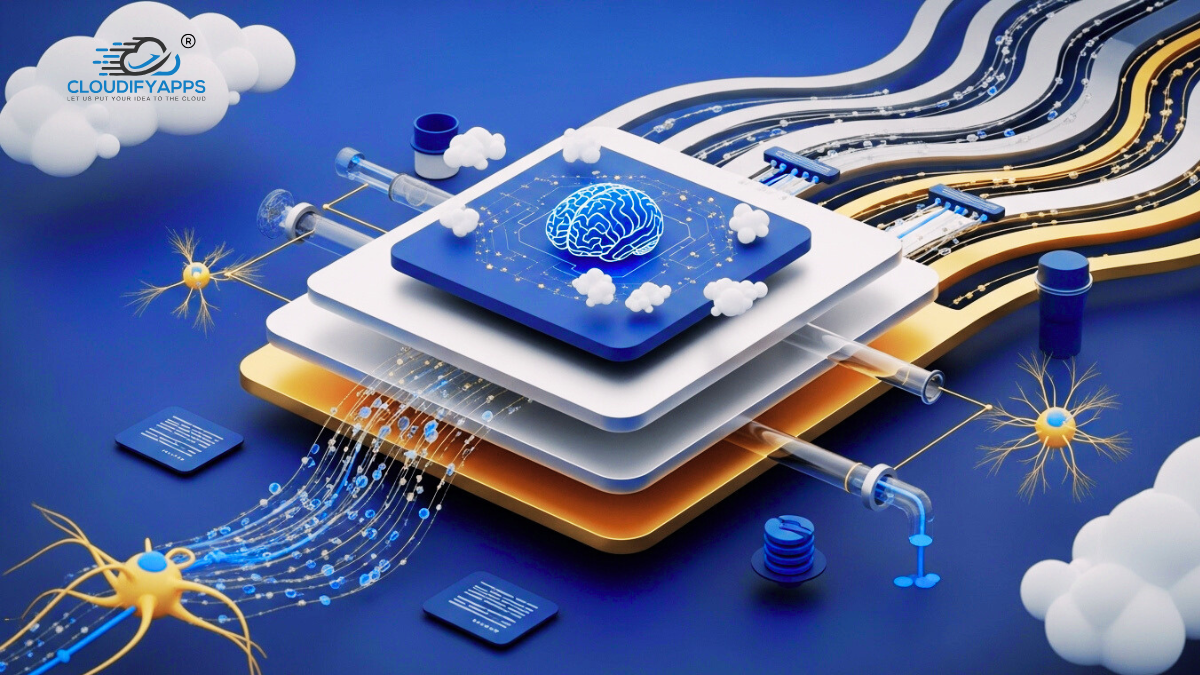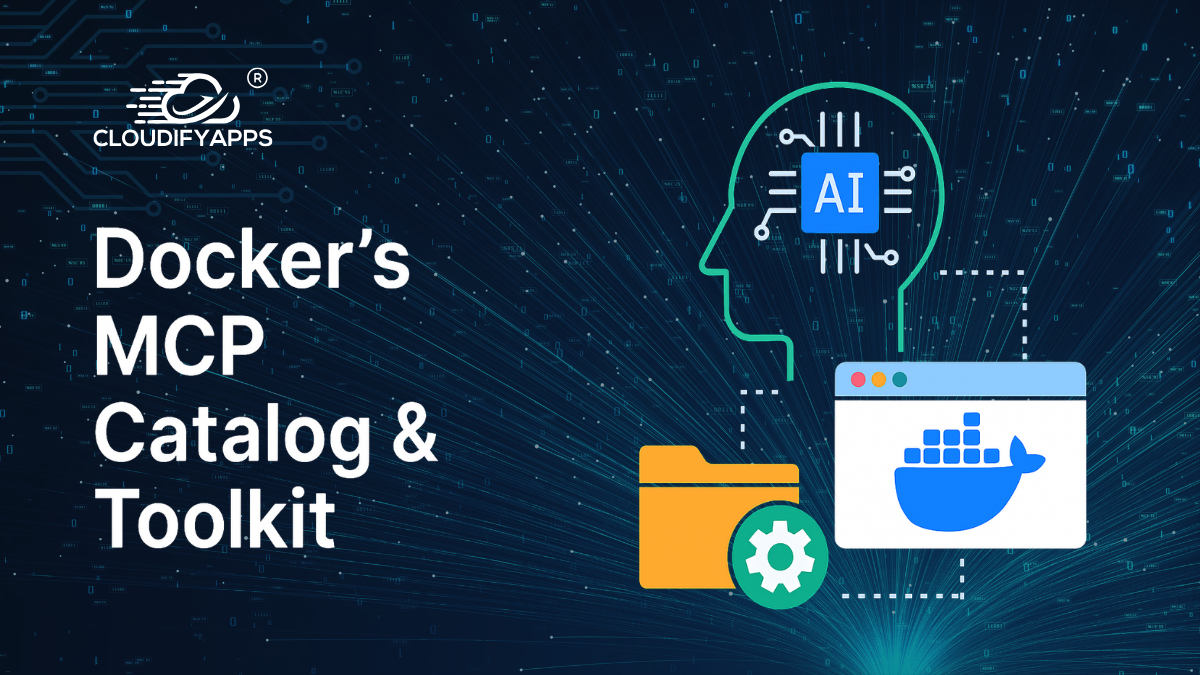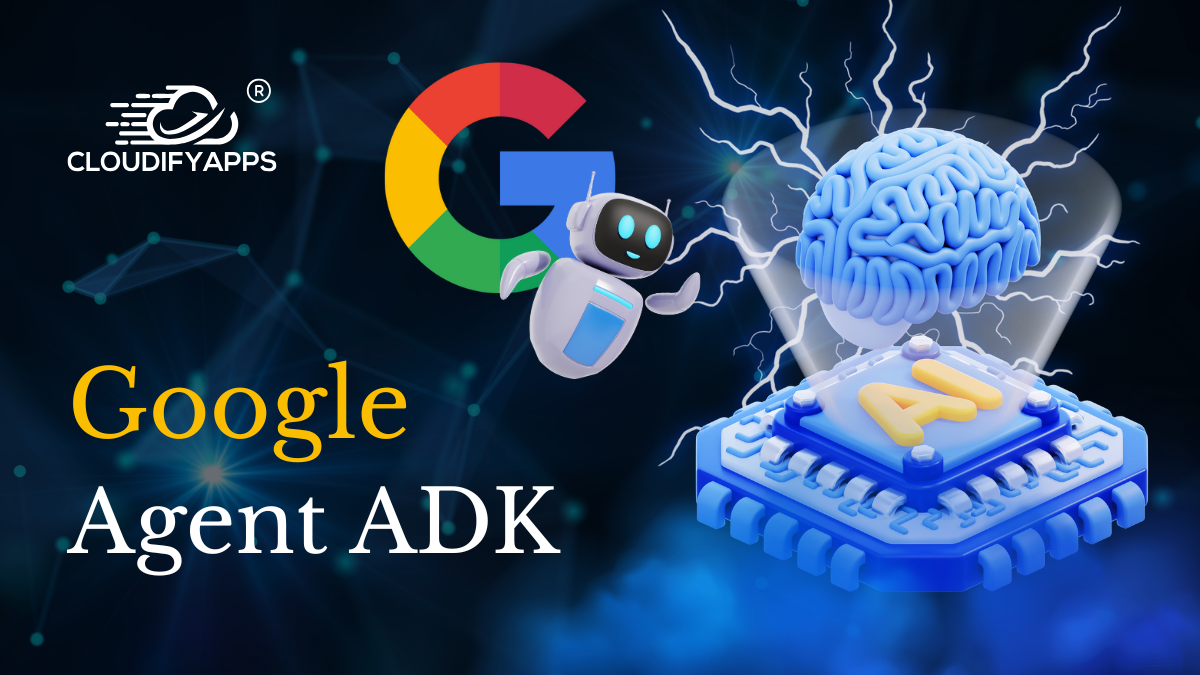
Key Differences and Other Aspects of Edge Computing vs Cloud Computing You Should Know About
Enterprises may augment their proprietary data centres with international servers that stretch their architecture to any place, enabling them to flex computational power up and down as necessary using public cloud computing platforms. These blended public-private clouds provide corporate computing applications with unparalleled versatility, affordability, and safety.
While AI systems frequently run in real-time all over the world, they may require significant local computing power, which is often not available in remote areas. As a result of data residency or low latency requirements, some workloads must remain on-premises. This is why many businesses use edge computing to deploy AI applications, which refers to computation that occurs where data is generated. Instead of handling and storing data in a remote, centralized data reserve, edge computing addresses and saves information locally in an edge device. In addition, rather than relying on an internet connection, the device may function as a stand-alone network node. Cloud and edge computing have different benefits and use cases but may coexist.
What is Cloud Computing?
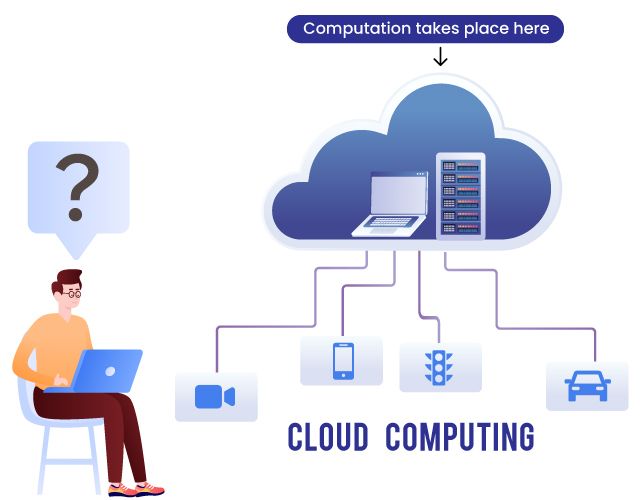
Cloud computing is the on-demand allotment of computer resources, abstracting end-users from the intricacies of the underlying infrastructure. Cloud computing systems are software-defined environments that provide computer services such as servers, storage, networking, databases, software intelligence, analytics solutions, and many more. The cloud is built on top of data centres or server farms and runs on the Internet.
The cloud, a distributed technology platform, uses advanced technological breakthroughs to build highly scalable environments that businesses or organizations may use remotely in various ways. Companies have migrated to the cloud to improve scalability, mobility, and security. In addition, companies may avoid the initial cost and complexity of managing their own IT infrastructure by paying only for what they use and when they need it. Google, Oracle, Microsoft, IBM, Cisco, Verizon, and Rackspace are some leading cloud service providers. Microsoft Azure is an example of cloud computing.
Cloud Computing Service Models
Cloud computing models may be deployed in various ways, depending on the market's needs. The many cloud computing service models are as follows:
PaaS (Platform-as-a-Service): consumers may access the platform and implement software and cloud applications. However, Internet connectivity and operating systems are not under the user's control. As a result, the scope of the software may be limited. Rackspace, Amazon Web Services, and Microsoft Azure are a few examples.
Software-as-a-service (SaaS): In this approach, the customer must purchase the right to access or utilize the cloud service, also known as a cloud-hosted application.
Infrastructure-as-a-service (IaaS): With IaaS, the user may manage and administrate operating systems, software, network access, and storage without having to manage the cloud itself.
What are the Reasons Which Make Cloud Computing a Great Choice?
1. Costs are lower at the beginning - No major capital investment is required for buying gear, software, IT management, or round-the-clock power and cooling. Cloud computing enables enterprises to bring apps to market fast and affordably.
2. It provides more cost control and fewer surprises to enterprises when they are able to pay only for the resources they consume.
3. Cloud services can rapidly respond to changing needs by autonomously providing and de-provisioning resources. This can save expenditures while increasing overall organizational efficiency.
4. Simplified IT management - By providing their clients with managed services, cloud providers allow staff to focus on the crucial aspects of their organization.
5. Simple updates - The most recent hardware, software, and services are available with a single click.
6. Reliability - Because data may be duplicated at several redundant sites on the cloud provider's network, data backup, disaster recovery, and business continuity are more accessible and less expensive.
7. Save time - Businesses might waste time configuring private servers and networks. Instead, they can deploy apps in a fraction of the time and go to market faster with cloud infrastructure on demand.
What is Edge Computing?
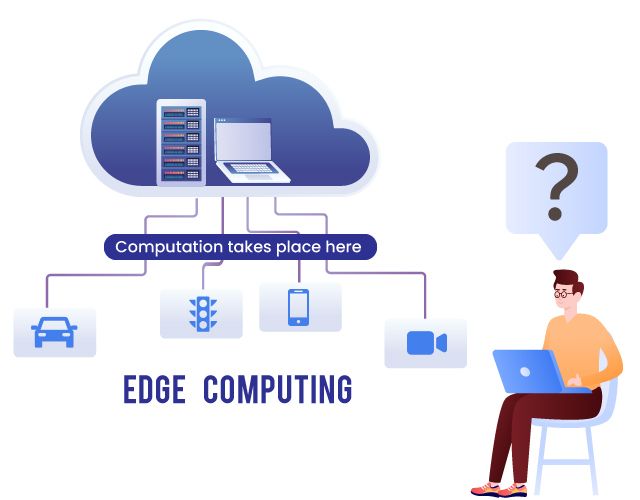
The earliest clues that a different computing architecture would be required came from two niche segments: major interactive website providers and streaming services. These companies learned, in particular, that delivering data to individual client PCs takes time. As a result, data centres were being relocated closer to customers by content delivery network companies.
For example, a user in Michigan streaming a movie wills likely experience reduced latency if the streaming source is a data centre in Chicago rather than Los Angeles. Today, companies use the word "edge" to refer to various sizes of smaller data centres, but they all aim to alleviate the network connection restriction and delay induced by distance.
As linked home technologies became more prevalent, another type of edge computing evolved. For example, users want smart locks, security cameras, and different environmental sensors to function even when Wi-Fi is unavailable, a cable is severed, or mobile networks are momentarily unavailable.
Vendors eventually began to develop systems that communicate using multiple protocols, such as Bluetooth, Zigbee, and Matter. Similarly, in an industrial setting, machinery may be required to function in areas with unreliable networks in an industrial environment. Because virtually all of these smart home and industrial devices are often stationed in a single location, the network connection limitation they address is a momentary loss of connectivity.
However, moving vehicles—on land, air, and sea—present many of the most difficult edge computing challenges. Not only must self-driving cars, aircraft, and ships operate in areas with intermittent internet access, but their motion pace frequently leaves insufficient time to rely on distant computations, even when connected. In other words, when a high-speed autonomous vehicle receives a response from a nearby cloud data centre about a road hazard, the car may have already encountered it.
Periodic connection for these types of cars is still essential. Updated maps, for example, aid cars and trucks by indicating routes, road projects, and current traffic conditions. Likewise, weather data is used by drones and autonomous ships to identify potentially stormy skies or seas.
People in charge of these devices will almost certainly wish to offload data to analyze and improve performance and obtain photos and other data collected by the vehicle's numerous pieces of equipment. Unfortunately, edge systems that enable this type of autonomous functioning and intermittent network connection face several issues that have yet to be fully resolved as of late 2022.
Thus, edge computing allows real-time data engagement by relocating part of your data analytics closer to the data source. This might be your phone, a city-wide sensor, or a node on your home Wi-Fi network. The purpose of edge computing is to minimize transmission latency and boost connection. Consequently, server effort is underestimated, and users get faster access.
What are the Reasons Which Make Edge Computing a Great Choice?
1. Lower latency: Processing data at the edge eliminates or reduces data transit. This helps speed up insights for use cases that demand complicated AI models with low latency, such as fully autonomous cars and augmented reality.
2. Reduced cost: Compared to cloud computing, using a local area network for data processing provides enterprises with more bandwidth and storage at a lesser price. Furthermore, because the processing occurs at the edge, less data is transferred to the cloud or data centre for additional processing. This reduces the amount of data that must travel and the expense of doing so.
3. Accuracy of models: AI relies on high-accuracy models, particularly edge use cases that demand real-time reactions. When a network's bandwidth is insufficient, it is usually remedied by reducing the quantity of data sent into a model. As a result, picture sizes are lowered, video frames are skipped, and audio sample rates are reduced. In addition, data feedback loops may be utilized to increase AI model accuracy when deployed at the edge, and several models can be run concurrently.
4. Broader reach: Traditional cloud computing requires Internet connectivity. On the other hand, edge computing may process data locally without requiring internet connectivity. This broadens computing's reach to previously inaccessible or remote regions.
5. Edge computing helps enterprises to keep all of their sensitive data and computation inside the local area network and corporate firewall by processing data at the site where it is obtained. This reduces susceptibility to cloud cybersecurity assaults and improves compliance with stringent and ever-changing data rules.
Differences Between Cloud Computing and Edge Computing
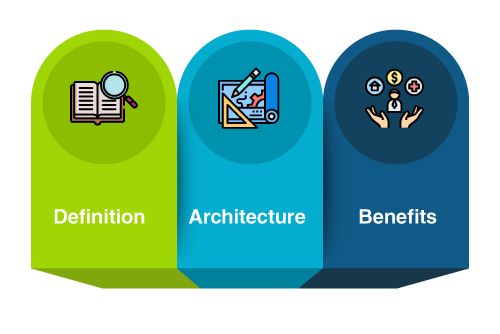
Definition
Cloud computing is the distribution of computational resources such as servers, memory, databases, and applications on-demand over the Web instead of a host system or a personal computer. The term "cloud" refers to the Internet as a metaphor. In contrast, "cloud computing" refers to internet-based computing that involves storing and accessing data and programs. On the other hand, a traditional edge computing model, on the other hand, has limitations that need to be overcome by deploying data handling and other network activities away from the cloud servers and towards the network's edge.
Architecture
The many loosely linked components and sub-components necessary for cloud computing are known as cloud computing architecture. It specifies the components and their connections. Cloud computing is the supply of IT infrastructure and applications as a service to individuals and companies via internet platforms on a pay-as-you-go basis. Edge computing is an extension of traditional cloud computing, introducing a distributed computing paradigm that moves data and applications closer to the network edge, closer to the sources of data collection, to solve concerns such as reaction speed, data security, and power consumption.
Benefits
Things in edge computing not only operate as data consumers but also as data creators. It makes computation, storage, and networking resources available between end devices and cloud computing data centres. The cloud needs a large amount of bandwidth, yet wireless networks have constraints. However, the amount of bandwidth used by edge computing is significantly decreased. Because neighbouring devices function as servers, most concerns like power consumption, security, and response time are efficiently and effectively solved. Edge computing is used to improve the overall performance of the Internet of Things.
Use Cases of Cloud Computing
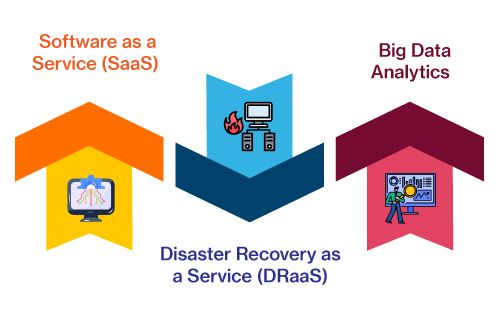
Software as a Service (SaaS)
SaaS technology has entered the market as a solution to store, manage, and preserve data as businesses develop and collect more data. Marketing automation tools, customer relationship management (CRM), and other technologies have assisted lines of business in doing their tasks more efficiently. SaaS solutions, sometimes known as "software on demand," are centrally housed in the cloud and may be accessed from anywhere at any time.
Disaster Recovery as a Service (DRaaS)
Nobody looks forward to downtime. You enter panic mode when your business is offline, even for a few minutes. This is where DRaaS comes in: it ensures that downtime is handled quickly. First, DRaaS restores the system and backs up the data. Then, before restoring system control, it employs SaaS to enable DR orchestration. A cyberattack or a natural disaster might cause downtime. Anything that may cause a considerable power loss can be dealt with using DRaaS's fail-safe mode. It is not only highly cost-effective for a small or medium-sized business but also a clever answer to modern-day difficulties. Businesses may easily avoid such losses using DRaaS.
Big Data Analytics
Each company's principal responsibility is to analyze client behaviour. Powerhouses like Meta and Amazon have already blazed the way in big data analytics. Likes, dislikes, patterns, trends, and customer preferences are all saved and sorted through. Cloud computing provides a framework that can handle enormous amounts of data and make analysis much more straightforward. This is known as big data analytics. Data-driven decisions affect the company's future outcomes at all levels. For example, it enables firms to iterate their marketing campaigns based on their target audience's desires. Furthermore, it promotes a customer-first mindset by promoting customization.
Use Cases of Edge Computing
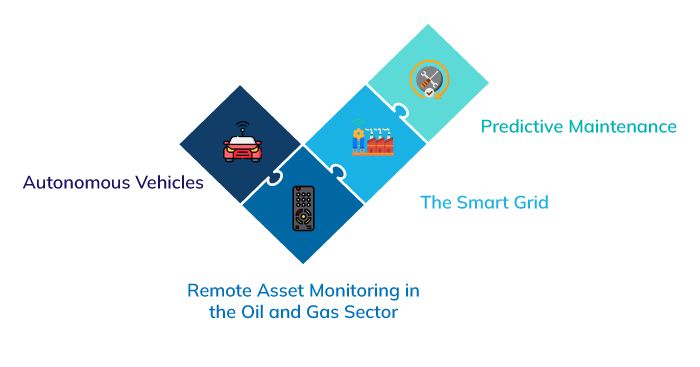
Autonomous Vehicles
One of the earliest use cases for autonomous vehicles will most likely be truck convoy platooning. In this case, a convoy of trucks follows closely behind one another, conserving fuel and reducing congestion. Because the trucks will be able to interact with each other with ultra-low latency, edge computing will make it feasible to eliminate the requirement for drivers in all vehicles to save the front one.
Remote Asset Monitoring in the Oil and Gas Sector
Failures in the oil and gas industries may be devastating. As a result, their assets must be appropriately controlled. In addition, they are frequently located in isolated areas. Edge computing allows real-time analytics by bringing processing closer to the asset.
The Smart Grid
Edge computing will be a critical technology in the broad adoption of smart grids, allowing businesses to better control their energy use. Sensors and IoT devices connected to an edge platform are being utilized in factories, plants, and offices to monitor and analyze energy use in real-time.
Predictive Maintenance
Manufacturers want to analyze and detect changes in their manufacturing processes before they fail. Edge computing contributes by putting data processing and storage closer to the equipment. As a result, IoT sensors can monitor machine health with minimal latencies and do real-time analytics.
Will Edge Computing Eventually Supplant Cloud Computing?
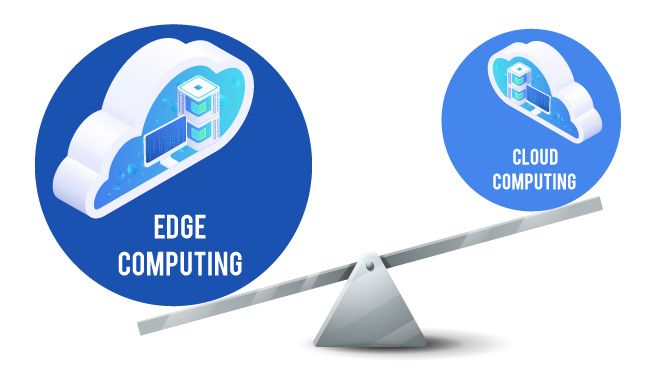
The edge has distinct advantages over the cloud, but this does not imply that cloud computing will diminish. Indeed, as digitalization progresses, more and more applications will migrate to the cloud, but the edge computing industry will also expand.
Cloud computing has significantly contributed to digital transformation during the last two decades, considerably lowering the cost of storing and processing data. As a result, edge computing is now enabling and upgrading numerous previously available applications on traditional on-premise computing. In addition, many apps that use the edge will also use the cloud, processing real-time data at the edge and benefiting from cheaper costs.
Many products that use the edge will also use the cloud, conducting real-time data analysis at the edge to benefit from lower latency while storing and analyzing huge amounts of information that are not required in real-time in the cloud. There will be few apps that exist solely at the edge.
The edge is a spectrum of several sorts of data centres, each suited to a distinct application, with those located further away from the data source or end-user behaving more cloud-like. The edge and the cloud do not compete but rather complement one another, and the cloud will continue to complement the edge as it expands and matures.
Final Words
The cloud offers broad storage, processing, and administration capabilities. While cloud computing is efficient for handling large amounts of data, it is inefficient for dealing with the increasing amount of data generated by the Internet of Things (IoT). This is where edge computing comes into play. Edge computing brings the computational infrastructure closer to the data source, addressing challenges such as reaction speed, data security, and power usage. Edge computing, like cloud computing, offers end-users computing, storage, and apps. On the other hand, Edge computing has a considerably wider geographical dispersion and is closer to end users.
Popular Tags
Recent Posts
Smart automation for cash-strapped startups
The modern data trinity: How medallion architecture, RAG, and data lakes revolutionize enterprise intelligence
Accelerating AI-Driven Development with Docker’s MCP Catalog & Toolkit
Building Intelligent Agent Teams with Google's ADK: A Developer's Guide
We are at




















